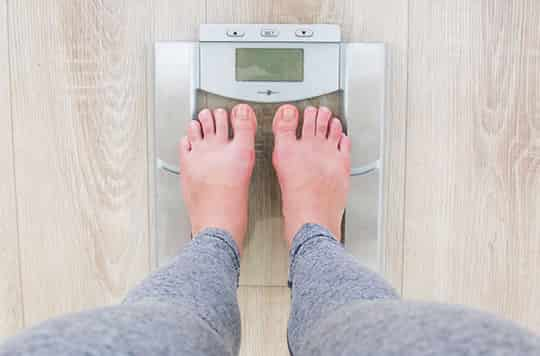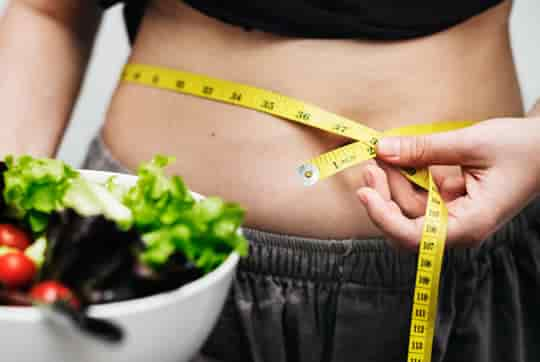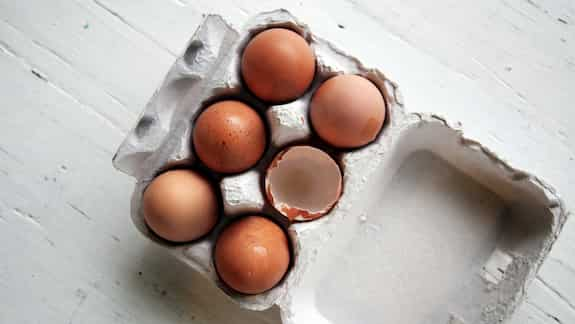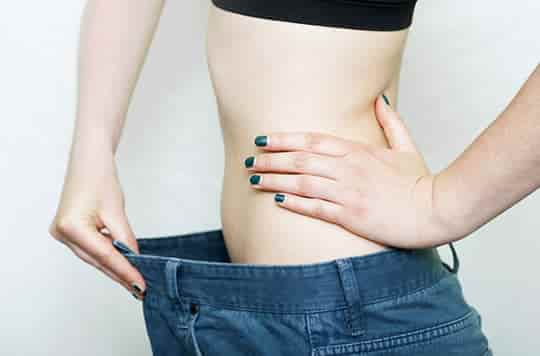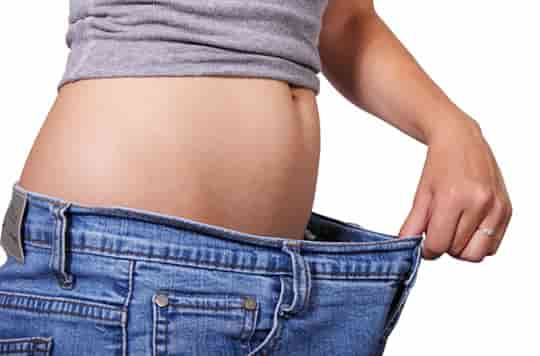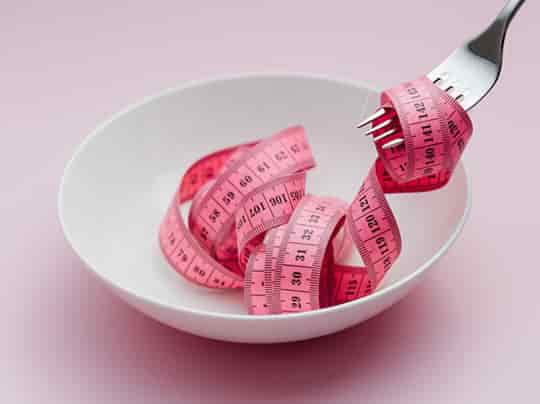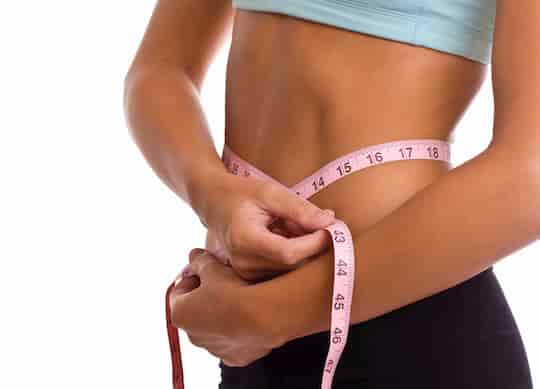Reducing weight and potentially helping to fight cancer.
Semaglutide (marketed as Wegovy, Rybelsus and Ozempic) is a glucagon-like peptide-1 (GLP-1) receptor agonist that causes the body to produce more insulin.
The drug has been found to help diabetic patients in losing weight as well as reducing blood sugar levels.
Here are the results of three recent studies showing the potential of this drug.
Click the links in each section to get a fuller description of the study and its results.
1. 20 percent weight loss
A weekly injection of semaglutide, known as Ozempic, can reduce body weight by more than 20 percent, a study has found.
Semaglutide — which is now approved by the US FDA for weight management — is known as an anti-diabetic medication and typically prescribed in 1mg doses.
For this study, participants who were obese or overweight received a higher dose at 2.4 mg alongside a low calorie diet and increased physical activity.
Participants, on average, lost over 15 kg and more than 30 percent of people lost one-fifth of their weight — an equivalent of 20 percent.
2. Destroy cancer cells
Glucagon-like peptide (GLP-1) drugs such as Ozempic are best known for their weight loss effect and their capability of keeping blood sugar levels under control in people with type 2 diabetes.
However, one study has shown that it can produce improvements in the cancer-killing effect of NK cells and this is independent of weight loss so it can be a useful drug for immunotherapy against cancer.
NK cells are part of the immune system with anticancer properties, but obesity reduces their ability of producing cytokines and killing cancer cells.
3. Increase weight loss 75%
A study has compared the effectiveness of the currently approved 14 milligrams (mg) dose in adults with 25 mg, or 50 mg per day for 52 weeks.
The results showed that taking a 25 mg or 50 mg semaglutide tablet once a day is superior to the 14 mg dosage in reducing blood sugar levels and in increasing weight loss.
At the end of study period, participants who were on 50 mg of oral semaglutide had lost 17.5 pounds (8 kg), those on 25 mg had lost 14.8 pounds (6.7 kg), and those on 14 mg had lost 10 pounds (4.5 kg).
.
